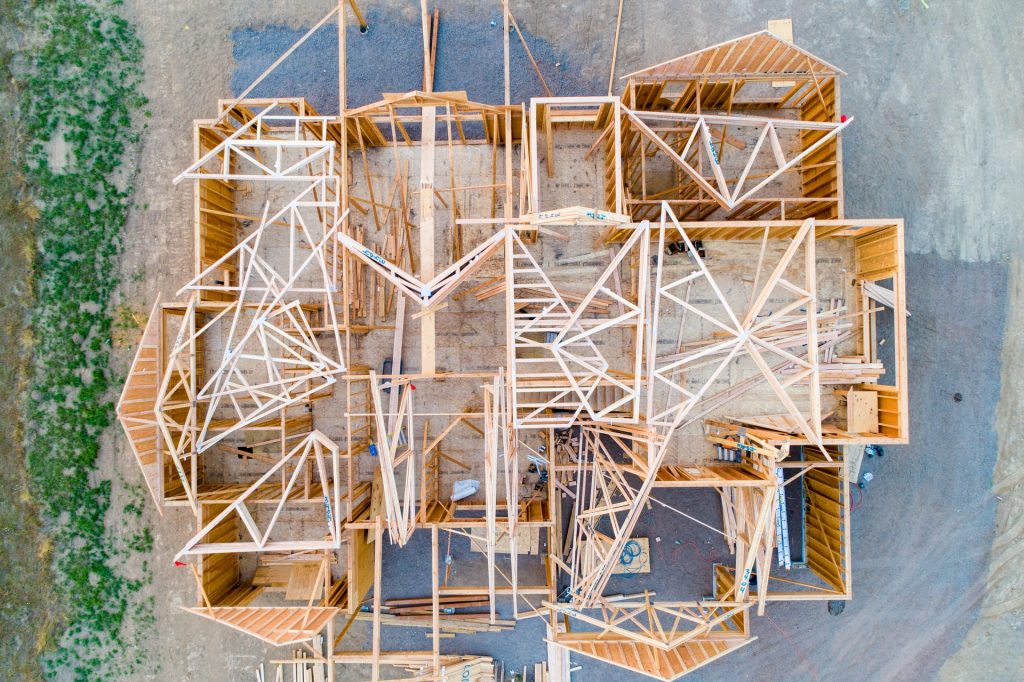Should I get my New Construction Home Inspected? Buying a new construction house is a lot like buying a brand new car. It’ll showcase the latest design features and newest amenities. It’s pristine and hasn’t gone through any wear and tear or aging. When you have a brand new home or car, you’re also the very first person ever to enjoy it.
In the world of new cars, there are extensive quality control checks, inspections, and test drives. This is just the norm and has come to be expected. So, in the world of new construction homes how does this translate? Unlike modern car manufacturing, the home building doesn’t have the automated quality control that an assembly line does and you can’t really do a test drive in an afternoon.
In this blog we’ll talk about why inspecting a new construction home is a good idea, and the best times to do it during the construction phase (and after).
Why Inspect New Construction?
While new construction homes have literally just been finished being built, it’s important to look for any potential defects that need to be corrected. Building a house is a complex undertaking, and even the best projects benefit from another set of eyes and possibly some refinement.
Also of note is that new construction is not immune to termite infestation. According to modern science, termites have been eating wood for millions of years and they are efficiently designed to find it. A simple termite inspection of a new construction home can rule out any damage, and provide information as well as peace of mind.
In addition to termite inspections, radon inspections are highly recommended for new construction homes. New homes especially will tend to have tight seals in regards to windows and doors, as well as the drywall and paint on the interior of the home. Less airflow to the outside can be great for insulation, but also means that if radon is present it has a harder time escaping. We typically find radon readings higher in new construction homes than in older homes. The EPA recommends radon testing on all new home purchases.
When Should New Construction be Inspected?
There are generally three good options with new construction home inspections: pre-drywall, post-drywall and an inspection just prior to the end of the home warranty.
Pre-drywall inspections let inspectors see a lot that they normally wouldn’t. Plumbing, electrical, framework, and more are all visible during a pre-drywall inspection, whereas normally they would be hidden by the walls and ceiling. This can be a huge advantage for spotting anything that might otherwise go unseen.
Post-drywall inspections take place when the builder is finished with the home. They allow for any defects to be discovered and fixed prior to move-in. Builders are generally responsible for (and amicable to) fixing anything that is found during an inspection. Some homebuyers opt to do both a pre and post-drywall inspection to eliminate any concerns they have about the building process.
Lastly, some homeowners decide to have an inspection done just prior to the end of the home warranty. Most new construction homes will come with a limited one year home warranty provided by the builder with purchase. These types of inspections can be extremely advantageous since anything under warranty could potentially be repaired or replaced if necessary. It’s important to review what is and isn’t covered by your warranty, but these inspections can be a great maintenance and money-saving step.
If you’re considering purchasing a new construction home, it’s worthwhile to research the inspection process to see what fits your needs best. Doing so will help ensure a smooth transition into your new home.
Want to know more? Click here to read our blog about what’s included in a home inspection. You can also visit our blog page to learn more about many more topics on the home buying and inspection process!
By Chris Earley









